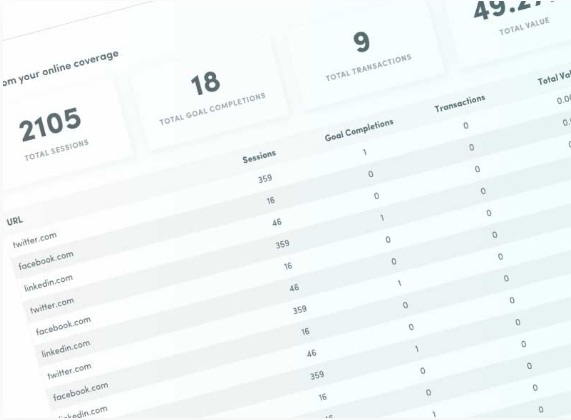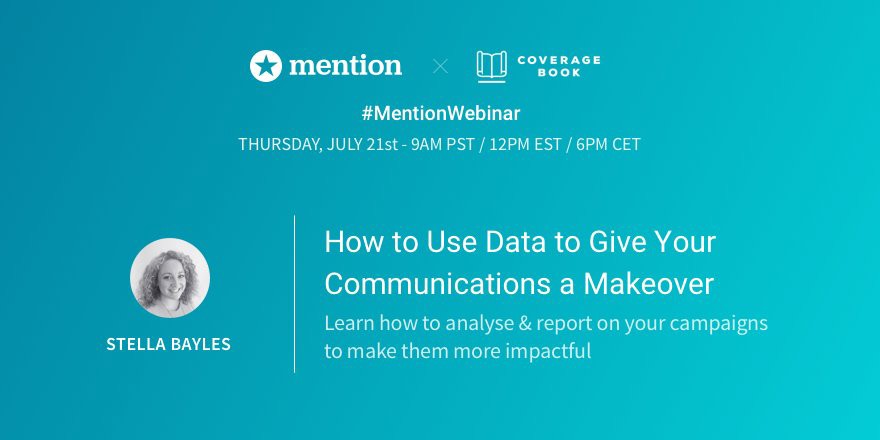Even if you have been in communications for years, with numerous qualifications and campaigns under your belt, the ever-changing digital landscape can still make us feel overwhelmed with ‘things to learn’. We also know how important it is to improve skills to stay ahead.
We find ourselves searching for conferences often only to get there and feel like we’ve wasted a whole day being taught theory that we already knew.
But what if I told you that some of the best lessons are right under your nose…
Each PR and communications campaign you complete is full of targeted and relevant lessons to you, your client and your influencers.
The industry we work in is moving forward at a rapid rate and the best way to keep up with that is by reviewing our communications approach straight after a campaign.
When you evaluate a campaign for your brand or client, you have already done the hard work. You can use so much of this data and insight to upskill you, your team and feed into the next campaign to ensure each one gets better and better.
Three ways to keep ahead of the game
1. Mix qualitative and quantitative data
It’s not just your evaluation that can reveal a lot of insights, so can you team. The people building the influencer target lists, managing the outreach, building the content and gaining to social buzz will have a whole host of learnings that will be invaluable to the rest of the team and the next campaign. Don’t lose them, share, discuss and learn.
The best way to ensure both qualitative and quantitative data and insights are fed into your next campaign is by sharing the evaluation report and then booking in an (honest) wrap up session.
The wrap-up session should initially be with the direct team on the campaign and it should be structured in a way where people feel confident and comfortable to reveal things that can be made better as well as share learnings from their own work with team-mates. There are session structures and activities available online to help with this.
2. Analyse the business impact
We often spend a lot of time reviewing the output of a campaign. How many re-tweets did we get? How many pieces of coverage did we achieve? It is important to measure output as key performance indicators (KPIs) but should also be balanced with objective outcomes too.
Campaign outcomes could be a business update from the C-Suite post campaign or it could be analysis led by you or your team too.
If you’ve worked on an online campaign it is important to be familiar with analytics to ensure you can see the true impact of your work. A way you can short-cut learning analytics is by using this free tool ‘Answer the Client’ — it pulls in traffic and sale data from your coverage in seconds.

3. Use new insights in planning
After reviewing your campaign activity, measuring metrics and analysing the business impact it’s important to not let this go to waste and act on it!
Often the qualitative insights shared will be different every time and will be personal to you or your team. It might be a learning on how to contact an influencer or a quicker way of designing your next asset. You’ll need to review as you go, however quantitative data can have a little more structure and science!
Internal key performance indicators can be set after each campaign to ensure you see improvements. They can be targeted around ensuring the influence score of our blogger contacts grow for example or setting a percentage increase of traffic through to your brand or client’s website has taken place.
Without setting your own internal KPIs we can be in the danger of creating a report full of metrics only important to that particular client’s business and then swiftly moving on to the next campaign without really analysign what it means to our own skills or approach.
And if we’re not reviewing our work who say’s it was even a good idea to begin with?!
If want to continue to learn how to analyse your campaigns and build insights in your next campaign then watch for our free webinar:
Webinar: ‘How to Use Data to Give Your Communications a Makeover’

Originally published at coveragebook.com.